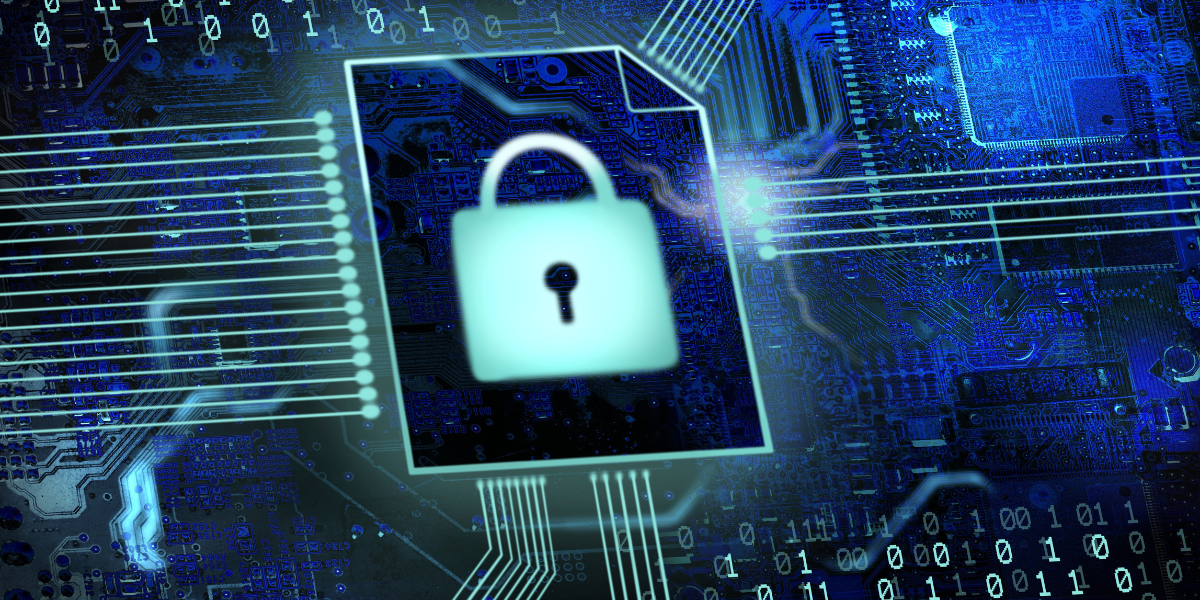ECHO
SIEMSIEM stands for Security Information and Event Management. It is a software solution specifically designed to monitor, analyze, and manage security events and information on a network. SIEM combines security monitoring, event correlation, log management, and forensic analysis capabilities to provide comprehensive security management.

Here are some key elements and features of SIEM:
- Watcher: SIEM continuously monitors an organization's networks, systems, applications, and security devices for security events. This can include log files, alarms, user activity, network traffic, and other security information.
- Event correlation: SIEM analyzes and correlates security events from various sources to identify possible attacks or security incidents. By linking events from different sources, SIEM systems can provide a more comprehensive view of security incidents.
- Alerting and notification: SIEM generates alerts and notifications when security incidents or abnormal behavior are detected. These alerts are forwarded to security analysts or teams for appropriate action.
- Log-Management: SIEM collects, stores, and manages log data from various sources such as servers, network devices, firewalls, applications, and security tools. By centralizing the storage and management of log data, SIEM enables efficient search, analysis, and forensic investigation.
- Analysis and forensic investigations: SIEM provides powerful analytics capabilities to investigate security events and detect potential threats. It also enables forensic investigation of security incidents to understand the causes, scope, and impact.
- Compliance und Reporting: SIEM helps organizations comply with security standards and regulations by generating reports and logs of security events. These reports can be used to review the security posture, meet compliance requirements, and report to management or external auditors.
SIEM systems play an important role in detecting security threats, responding to security incidents, and improving an organization's security posture. They enable proactive monitoring, analysis, and response to security events to ensure the security of information, systems, and networks.
Get in touch with us. We work out an individual solution with you.

